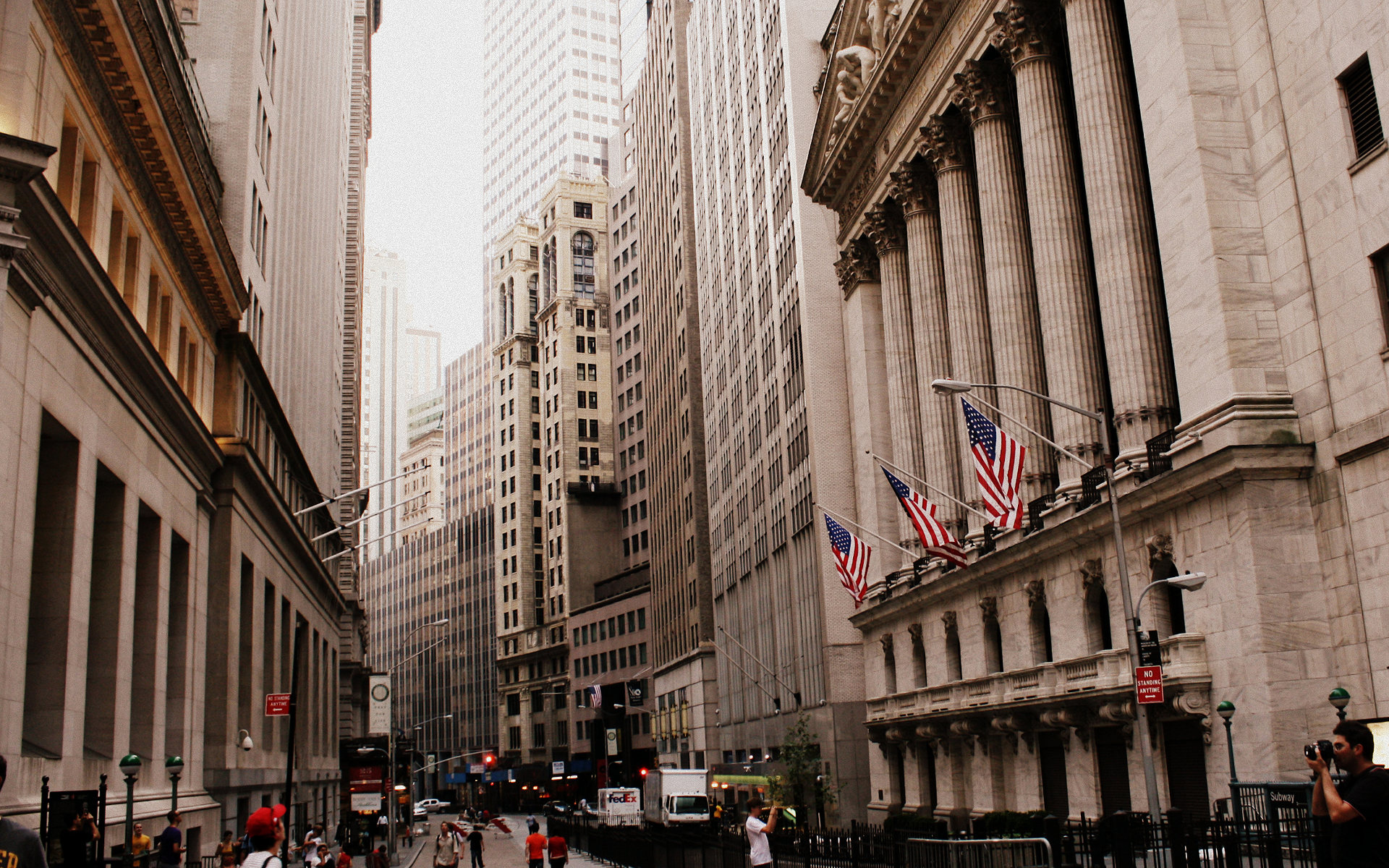
The U.S. dollar climbed to its highest in more than four years against a basket of currencies and major stock markets surged on Friday after data showed U.S. employers stepped up hiring last month and the jobless rate fell to a six-year low in further signs of a strengthening economy.
The strong dollar pushed gold XAU= below $1,200 an ounce for the first time this year after the U.S. Labor Department reported non-farm payrolls rose 248,000 in September and the jobless rate fell two-tenths of a point to 5.9 percent.
The better-than-expected report knocked the euro to a more than two-year low against the dollar. The dollar index, a measure of the greenback against six major currencies, is poised to post its biggest yearly gain in nine years, up 8 percent so far in 2014.
Stocks on Wall Street jumped more than 1.0 percent, with the S&P 500 posting its best day in almost two months. European shares finished with a gain of just under 1.0 percent.
“There were a number of fears in the market, and the market had been giving up a lot of its gains. I think the jobs report took away a lot of the near-term concerns about the pace of the U.S. economy’s (growth),” said Robbert Van Batenburg, director of market strategy at Newedge USA LLC in New York.
Traders boosted bets the Federal Reserve could hike interest rates slightly earlier next year than anticipated. Rate futures contracts show traders are betting that the first Fed rate hike will come next July, based on CME FedWatch, which tracks rate hike expectations using its fed funds futures contracts.
The dollar index hit a high of 86.746 .DXY, its strongest since June 2010, and was last up 1.24 percent at 86.661.
Against the yen, the greenback jumped 1.25 percent to 109.77 yen JPY=, while the euro EUR= slid 1.22 percent to $1.2514.
MSCI’s all-country world index .MIWD00000PUS of stock performance in 45 countries rose 0.44 percent.
The FTSEurofirst 300 .FTEU3 index of top European shares closed up 0.9 percent at 1,347.14. Shares of European airlines rallied as the price of oil dropped, and exporters such as Airbus (AIR.PA) got a lift from the euro’s renewed slide.
On Wall Street, the Dow Jones industrial average .DJI closed up 208.64 points, or 1.24 percent, to 17,009.69. The S&P 500 .SPX rose 21.73 points, or 1.12 percent, to 1,967.9 and the Nasdaq Composite .IXIC added 45.43 points, or 1.03 percent, to 4,475.62.
Healthcare and financial names led the gains on Wall Street.
German Bund yields rose a day after the European Central Bank showed little willingness to stimulate the euro zone economy through purchases of sovereign debt. Markets could be in for a rough fourth quarter as investors anticipate tighter Fed monetary policy, and even more so if the ECB stands pat.
Bund yields DE10YT=TWEB rose 2 basis points to 0.93 percent. Treasuries prices fell. The 10-year Treasury note US10YT=RR fell slightly in price to yield 2.4376 percent.
Brent crude oil futures fell below $92 a barrel at one point, down for a fourth consecutive day in a slide that has pushed prices to their lowest since 2012 on abundant supplies and the strong dollar.
Brent for November delivery LCOc1 settled down $1.11 at $92.31 a barrel. U.S. November crude CLc1 slipped $1.27 to settle at $89.74.
Source: http://www.reuters.com/article/2014/10/03/us-markets-global-idUSKCN0HS00T20141003



